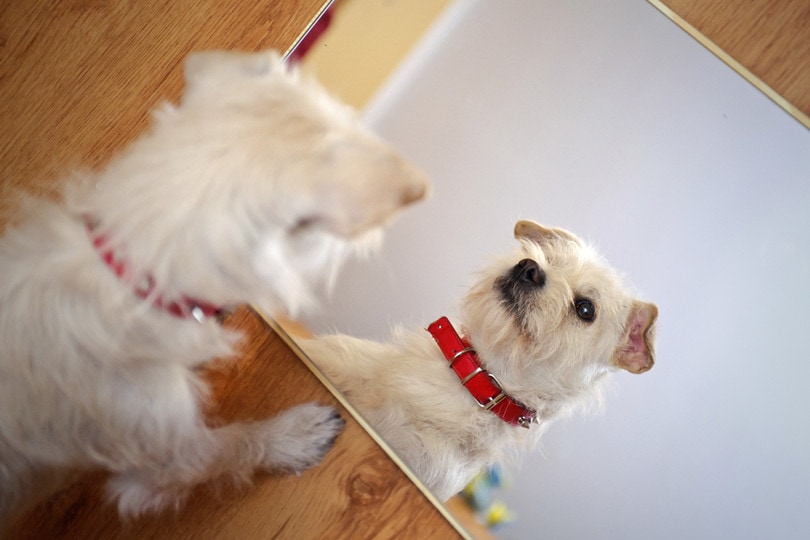20 Interesting & Unusual Labrador Facts
Updated on
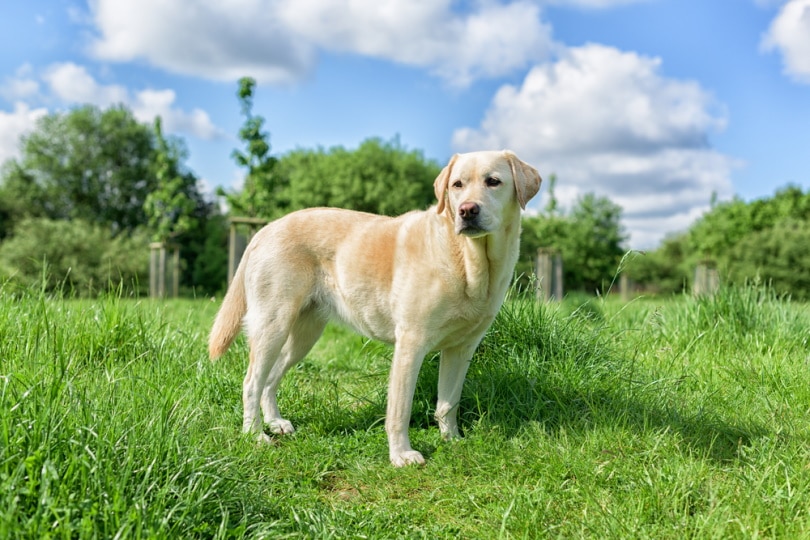
Labrador Retrievers have been the most registered dog breed in America for decades, but how much do you really know about these popular pups? Whether you’re researching Labs before adding one to your family or want some fun dog trivia to impress your friends, this article is for you. Keep reading for 20 fun facts about Labrador Retrievers!
The 20 Interesting Labrador Facts Are
1. Labradors Are Built for the Water
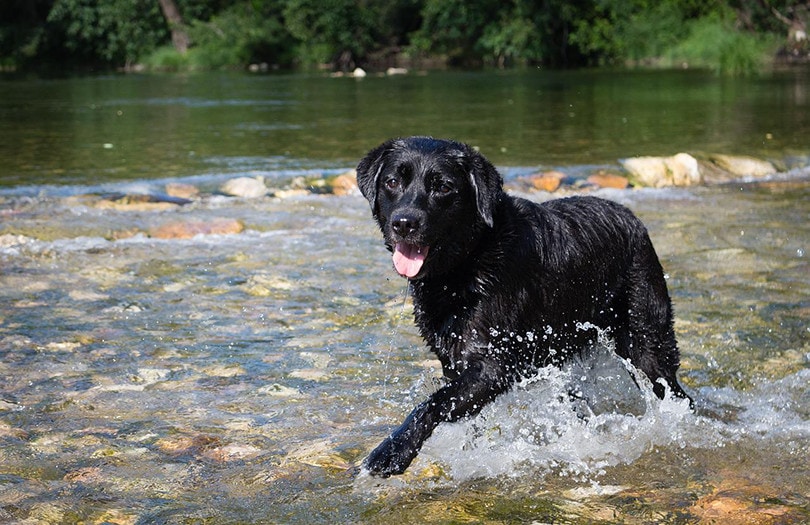
If you own a Labrador and you’ve ever tried to give them a bath, you’ll have firsthand knowledge of this fact. The Labrador is the perfect water retriever because they are practically water repellent. Their thick double-coat not only keeps them warm but actually repels water. Labradors also have webbed feet and a sturdy tail that helps steer them through the water.
2. Their Name Is Misleading
Labradors were originally bred in Canada, and yes, there is a region in the country called Labrador. However, Labrador Retrievers originate from Newfoundland, a neighboring region. The two areas technically make up the same province but are geographically separate. Newfoundland is an island off the eastern coast of Canada, while Labrador is located on the mainland. Also, the breed was further refined and first registered in England, adding yet another location to its development.
3. Some Labradors Have Long Hair
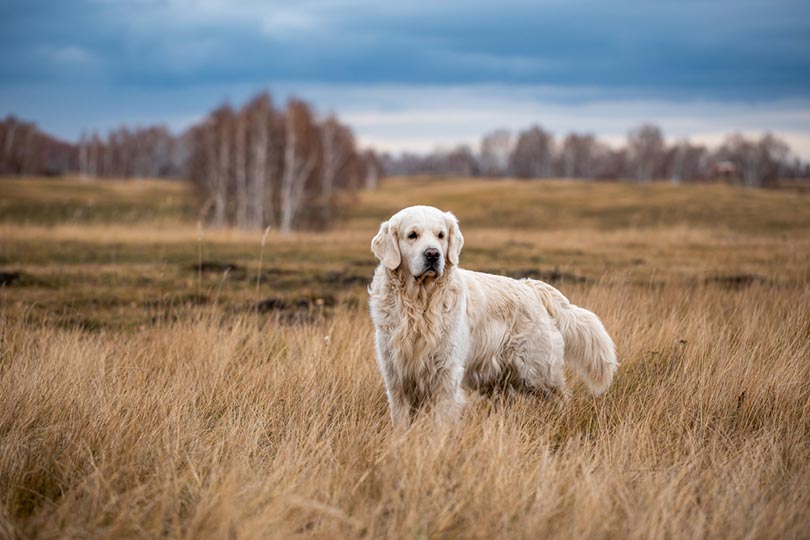
Breed standard Labrador hair is the typical water-repellent double coat with which most of us are familiar. Dominant genes and careful breeding mean that most Labradors display this hair coat, but not all of them follow the rules. Labradors can also carry a recessive gene that results in a longer, fluffy coat, but two copies are required before a puppy will be born long-haired. If both parents carry the recessive gene, there’s a good chance at least part of a Labrador litter will have long hair. These puppies are purebred Labradors but are not show eligible.
4. Labradors Almost Went Extinct
It sounds unbelievable now, after decades of Labradors topping the popularity charts in America, but the breed almost went extinct in the 19th century. In the 1880s, the government in Newfoundland restricted dog ownership, only allowing one per family. To make matters worse, they also taxed the dogs, charging a higher rate for females. Because of this, many families gave up their female Labradors, and birth rates plummeted. Thankfully, by this point, Labradors had crossed the pond to England and were growing in popularity, which allowed their numbers to stabilize.
5. Labradors Come in Three Official Colors
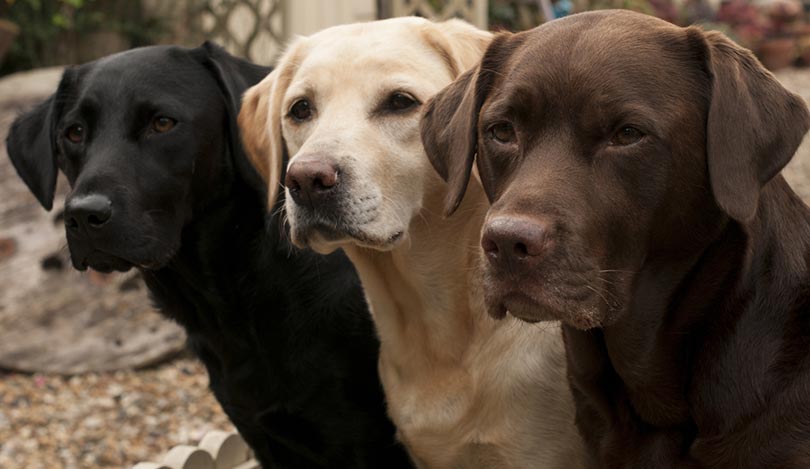
According to AKC standards, Labradors are permitted to be one of three colors: black, yellow, or chocolate. Yellow Labs can range in color from red to light cream, leading some to claim that red is a separate shade for these pups. You may also be familiar with “silver Labs,” which have become popular recently. Technically, silver Labs are considered chocolate, but they possess a recessive gene that dilutes their natural brown color to shades of gray. Although silver Labs cannot be shown, breeders continue producing them due to high demand.
6. All Three Colors Can Appear in One Litter
Labrador coat colors are controlled by a mix of dominant and recessive genes. “B” genes control black and brown color, while “E” genes are responsible for yellow coats. Puppies inherit combinations of these genes from both parents, and their coat color determines how exactly the genes pair up. There are nine potential combinations, meaning it can be almost impossible to predict what you’ll end up with in a litter unless genetic testing has been performed on the parents ahead of time.
7. The First Labradors Were Registered in England
After the first ancestors of Labradors were brought to England in the 1800s, several enthusiasts of the breed further refined the sturdy hunters and developed an official breed standard. Two British noblemen, the third Earl of Malmesbury and the sixth Duke of Bucceluch, played a major role in developing the modern Labrador Retriever. The first official registration of a Labrador occurred in 1903. Further work establishing different coat colors happened later, with chocolate Labradors gaining ground only in the 1930s.
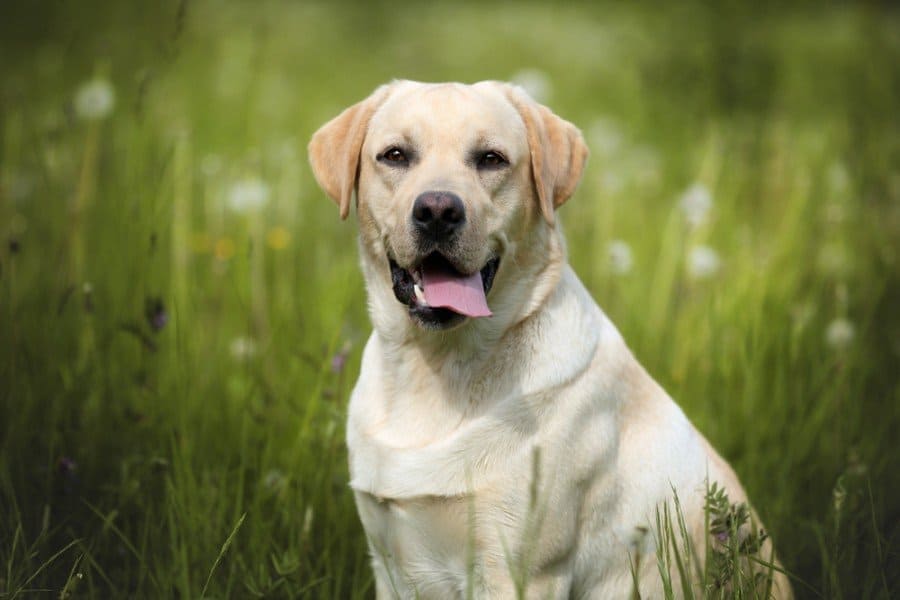
8. Labradors Were Originally Fishing Dogs
Although they are best known for retrieving waterfowl today, the earliest Labradors were bred to help Canadian fishermen, not hunters. The dogs worked in the water, helping drag fishing nets back to the boats. They also chased down and retrieved fish that escaped from the nets. English dog lovers saw the potential for the retrieving abilities on land as well as water and expanded the Labradors working range in the process.
9. Labradors Are the Most Popular Breed In America
Labradors were first registered in America in 1917. American hunters liked the breed because they combined the water and land abilities of the two most widely used hunting breeds at the time: Springer Spaniels and Chesapeake Bay Retrievers. There were very few Labs in America until the late 1920s, when the American Kennel Club (AKC) featured them in a magazine profile. The breed’s popularity rose steadily in 1991 when they first topped the AKC’s breed rankings. Thirty years later, Labs are still the top dogs.
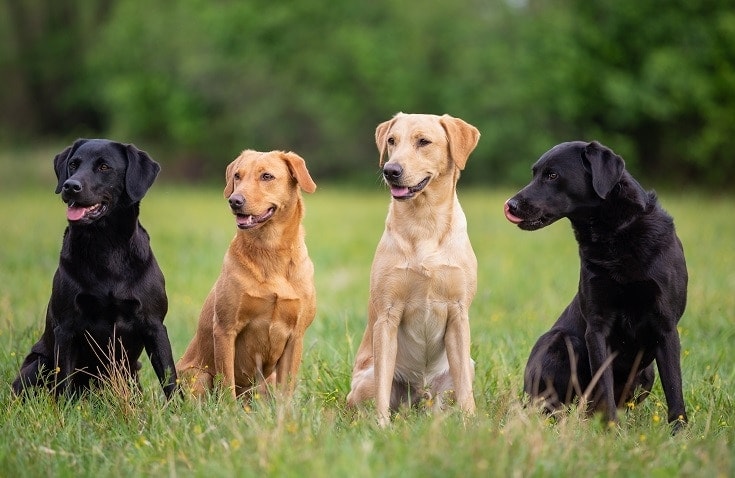
10. A Labrador Was Once Sentenced to Prison
In 1925, newspapers in Boston and elsewhere in the United States covered the story of Pep, a black Lab who had been “sentenced” to a lifetime prison term. The dog belonged to the governor of Pennsylvania at the time, and the Lab’s crime was reportedly killing a cat that belonged to the governor’s wife. Pep had his own prisoner number and mugshot, all reported by the press. Several years later, the truth came out. Pep was a gift from the governor to the prison, intended to boost morale among inmates. The prison in question was one of the first to focus on reforming inmates rather than just punishment. Pep roamed freely throughout the facility and was popular among all inhabitants, despite the deadly story that was spread about his sentence.
11. Labradors Are the Most Common Guide Dogs
Thanks to their sweet temperament and willingness to learn, Labradors are among the most common breeds trained as guide dogs worldwide. About 60% of guide dogs are Labs, with a cross between Golden Retrievers and Labradors also regularly employed. Not every Labrador Retriever is cut out for guide dog work, however. Guide dog schools use strict temperament tests and look for the right combination of traits that make the dog a good fit.

12. Labradors Have Many Jobs
They may be popular family pets, but Labradors still get plenty of work done. We already mentioned how Labs are used for retrieving, either as hunters or in canine sports competitions, and as guide dogs. Labs are also trained as detection dogs by police and the military to search for explosives, drugs, and weapons. They are used as search-and-rescue dogs, service dogs, and farm dogs. Since they are enthusiastic, athletic, and good-tempered, Labradors are versatile enough to play many roles.
13. Labradors Can Smell Diseases
Thanks to their sensitive noses, Labradors are one of the breeds often used in research to determine whether dogs can detect the scent of certain diseases or cancer. Labradors took part in a recent study that concluded dogs could accurately detect fresh Covid-19 samples. Previous research using Labradors suggests that dogs can detect early signs of various cancers, including skin, lung, and bladder types. Research is ongoing into how dogs can perform this feat, but Labradors are already trained for medical detection work.

14. A Labrador Survived a Year on Her Own in a War Zone
In 2008, an explosives detection Labrador named Sabi was patrolling with her Australian military handler when they were involved in a firefight. Sabi’s handler was wounded, and the dog went missing in the melee. Over a year later, a U.S. soldier found the black lab wandering while on patrol. Suspecting she was the missing Australian dog, he tested the Labrador by giving her commands. When Sabi made clear she was a trained working dog, the American realized who she was, and the Lab was returned to her Australian military handlers. Most likely, Sabi was cared for by locals during her time on the run, using her Labrador charms to survive even in a war zone.
15. Labradors Are Faster Than They Look
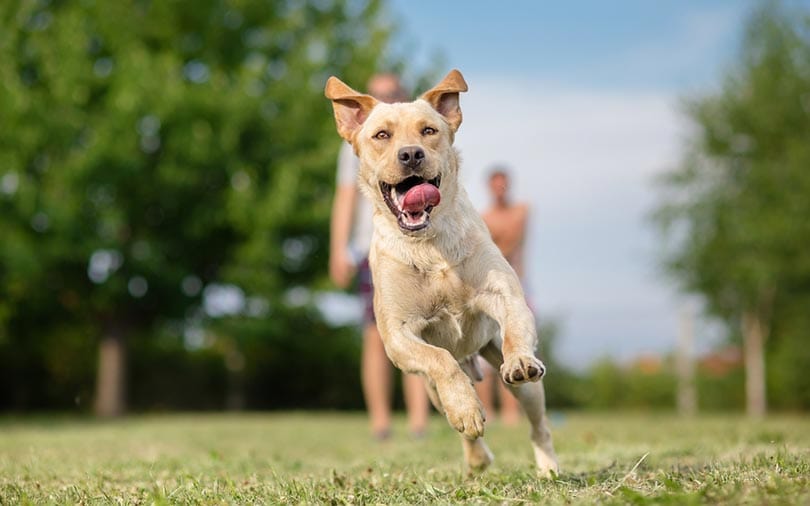
Labradors may not look like they can run fast, and they certainly cannot reach the top speed of the fastest dog breeds. However, Labs are champion sprinters, reaching speeds of 12 mph in as little as 3 seconds. This fast break speed allows them to cover short distances quickly, which is a useful trait for reaching downed ducks in a hurry or flushing game birds for land hunters. Labradors also use their speed for canine sports like dock diving competitions.
16. Labradors Were the First Breed Featured On a Magazine Cover
In 1938, a black Lab named Blind of Arden won a competition held in New York to determine the best U.S. Retriever. His runaway victory made him the first dog to land a Life magazine cover shot, gracing the front of the December 12, 1938, edition of the periodical. Life went on to feature many other dogs on its covers, but Labradors were the very first to snag that honor.
17. The First Yellow Lab Was Named Ben
The first known yellow lab was born in England in 1899 in the kennels of Major C.J. Radclyffe. Until that point, Labs were generally born black because the genes are most dominant. The dog was named Ben of Hyde, or Ben for short. He is considered the founding ancestor of all yellow Labs born today. British breeders have always been fond of yellow Labs, especially the darker fox red variation.

18. Led Zeppelin Named a Song After a Labrador
Led Zeppelin’s 4th album, released in 1971, features a song called “Black Dog.” However, the song isn’t about dogs, nor do the words “black dog” appear in the lyrics. According to the band, the song was written while they were working at a rural studio in England. A stray black Labrador was frequently spotted wandering the woods near the studio, the band members often fed the dog. After the song was finished, the band couldn’t figure out a prominent name for it, so they decided to call it “Black Dog,” after the nameless Labrador that had been hanging around.
19. “English Labs” and “American Labs” Are the Same Breed
When researching Labrador breeders, you might come across breeders that claim to sell “English” or “American” dogs and wonder if they’re separate breeds. This distinction doesn’t refer to where a dog is from, but their body type and what purpose they were bred for. “English Labs” are more focused on hunting and field work, with a smaller, stockier body type. “American Labs” are bred for the show ring and tend to be larger and sleeker. Both are still purebred Labrador Retrievers and can serve either function.
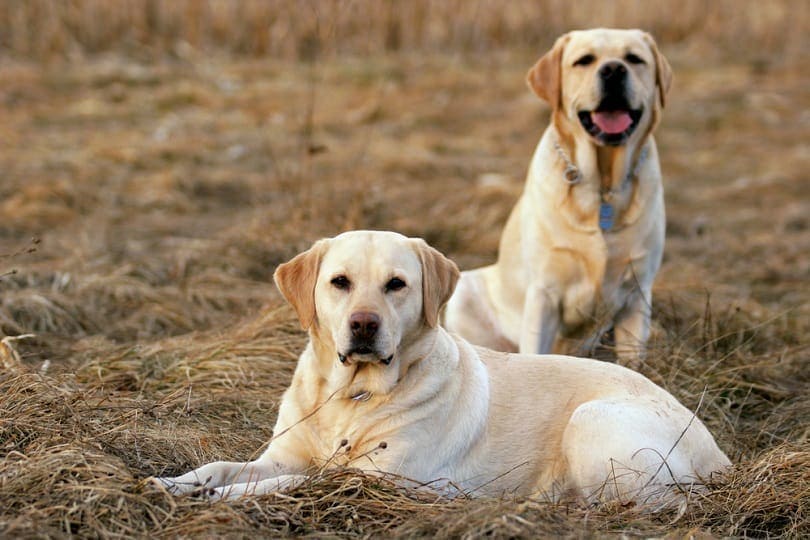
20. The Oldest Known Labrador Lived to 27 Years Old
The average life expectancy of a Labrador is usually 10–12 years. However, a black Lab named Adjutant more than doubled that lifespan. Born in England in 1936, Adjutant died at 27 years old, making him one of the 10 oldest dogs ever to live. Another British dog, Bella, is sometimes credited as the oldest Labrador because she reportedly lived to 29 years old. However, Bella was technically a Labrador mix and was adopted as an adult, and there are some questions about her actual age. After adoption, Bella lived for 26 years with the same family, making her one of the oldest dogs ever recorded.
Conclusion
We hope you’ve enjoyed learning more about the Labrador Retriever. If you’re considering welcoming one of the dogs into your life, please make sure you’re prepared to meet their exercise and socialization needs. Labradors are social dogs that need daily physical and mental stimulation. Despite their popularity, they won’t be the right fit for every family. If possible, consider adopting a Lab from a rescue group. If you buy from a breeder, look for a reputable one who performs all the recommended health screenings before breeding their dogs.
Featured Image Credit: Alexander Rim, Shutterstock



